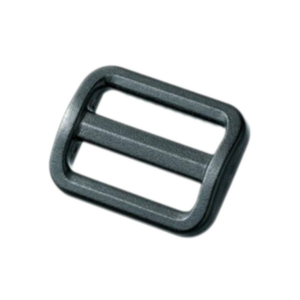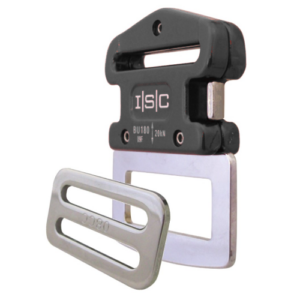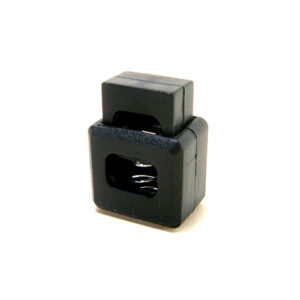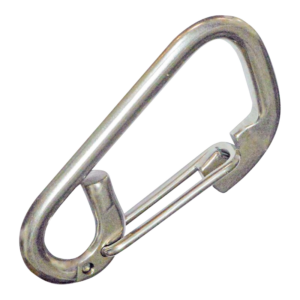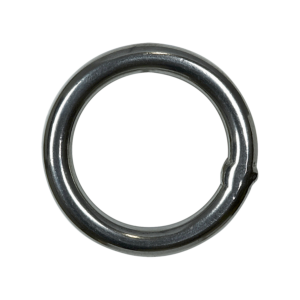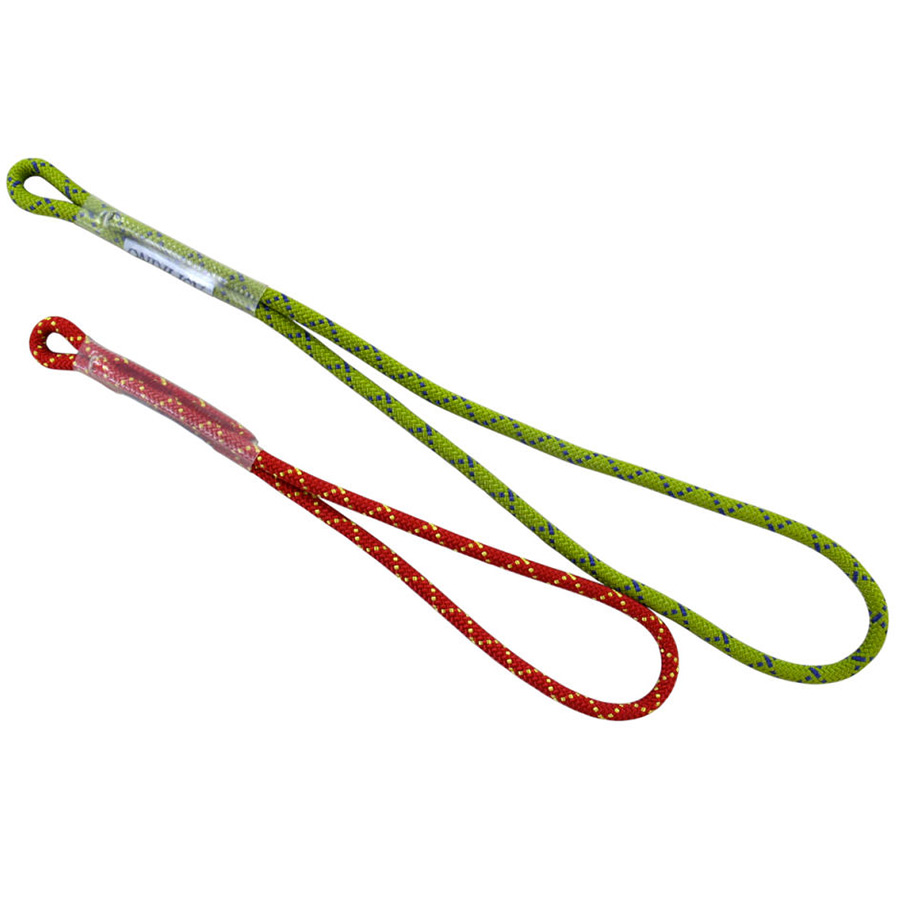Canyoning, Caving, Climbing, Mountaineering, Rope
10 Prusik Knot Types
Prusik knots are an essential tool for any climber, mountaineer, or rescue personnel. These versatile knots are used for ascending and descending ropes, creating anchors, and hauling heavy loads. There are many different types of Prusik knots available, each with their own unique advantages and uses. In this article, we will explore ten different types of popular Prusik knots, including the VT Prusik and the Purcell Prusik.
Types of Popular Prusik Knots
- Classic Prusik Knot
- French Prusik Knot
- Klemheist Knot
- Bachmann Knot
- Autoblock Knot
- Prusik-Minding Pulley System
- Distel Hitch
- Schwabisch Hitch
- Valdotain Tresse (VT) Prusik
- Purcell Prusik
Introduction to Prusik Knots
Prusik knots are named after Austrian mountaineer Dr. Karl Prusik, who developed the knot in the 1930s. The Prusik knot is a friction hitch that allows a cord to grip a rope. The knot consists of one or more loops of cord tied around the climbing rope, creating a secure grip. Prusik knots are versatile, easy to tie and adjust, and can be used for a variety of tasks.
Types of Prusik Knots
- Classic Prusik Knot: The Classic Prusik Knot is the most common type of Prusik knot. It consists of two loops of cord tied with a double fisherman’s knot. The loops are then wrapped around the climbing rope and tied with a locking knot. The Classic Prusik Knot is primarily used for ascending ropes, although it can also be used for descending.
- French Prusik Knot: The French Prusik Knot is similar to the Classic Prusik Knot, but it is tied with a loop of cord instead of two separate loops. The loop is wrapped around the climbing rope and tied with a locking knot. This knot is popular with rescue personnel because it can be tied quickly and easily.
- Klemheist Knot: The Klemheist Knot is a single loop of cord that is wrapped around the climbing rope and tied with a locking knot. This knot is often used for ascending ropes, but it can also be used for descending. The Klemheist Knot is popular with mountaineers because it is compact and easy to tie.
- Bachmann Knot: The Bachmann Knot is similar to the Klemheist Knot, but it is tied with two loops of cord instead of one. The loops are wrapped around the climbing rope and tied with a locking knot. This knot is often used for ascending ropes, but it can also be used for descending. The Bachmann Knot is popular with rescue personnel because it is easy to tie and can be adjusted easily.
- Autoblock Knot: The Autoblock Knot is a loop of cord that is tied with a locking knot and then wrapped around the climbing rope. This knot is often used for descending because it can be easily adjusted and provides a secure grip on the rope. The Autoblock Knot is popular with mountaineers because it is lightweight and easy to tie.
- Prusik-Minding Pulley System: The Prusik-Minding Pulley System is a more complex system that involves two Prusik knots and a pulley. This system is used for hauling heavy loads up a rope. One Prusik knot is tied to the load and the other is tied to the climbing rope. The pulley is then attached to the load and the climbing rope. As the load is pulled up the rope, the
- Distel Hitch: The Distel Hitch is a Prusik knot that is tied with a single loop of cord. The loop is wrapped around the climbing rope and tied with a locking knot. This knot is popular with arborists because it is secure and easy to adjust while climbing trees.
- Schwabisch Hitch: The Schwabisch Hitch is a Prusik knot that is tied with a loop of cord and a carabiner. The loop is wrapped around the climbing rope and clipped to the carabiner. The carabiner provides additional friction, making this knot more secure and easier to adjust.
- Valdotain Tresse (VT) Prusik: The Valdotain Tresse (VT) Prusik is a modified version of the Classic Prusik Knot that is commonly used in rescue scenarios. The VT Prusik is tied with a single loop of cord that is wrapped around
- The Purcell Prusik is a type of friction hitch that is used for ascending and descending ropes. It is similar to the Classic Prusik Knot but is tied with a single loop of cord instead of two separate loops.













